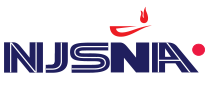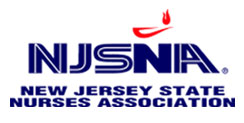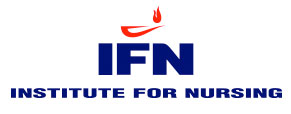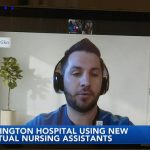Actionable Safety Huddles: A Hospital’s Nurse-Led Approach
 It’s no secret that healthcare as an industry could do better at being proactive with quality and safety data.
It’s no secret that healthcare as an industry could do better at being proactive with quality and safety data.
Earlier this month, 13 leaders shared thoughts in NEJM Catalyst on how healthcare organizations can get more strategic around patient safety and quality improvement — an area that has seen renewed attention after COVID-19-related setbacks. Several themes emerged across leaders’ responses, namely the need for more proactive approaches to mitigate risk and intervene, rather than reviewing and assessing harms after they occur.
University Hospitals nurses are leading the charge to do just that by embracing the adoption of artificial intelligence to make daily safety huddles more actionable. In March, the Cleveland-based health system announced it partnered with Edgility to implement a platform that automates the collection and analysis of data from multiple sources, including EHRs and medical devices. The technology identifies patterns and trends related to patient safety, which are provided in a summary level dashboard view, enabling staff to step in earlier and prevent harm when risks are identified.
Safety huddles were something that routinely came up during University Hospitals’ nursing governance council meetings, leading to a deep dive into what type of information is shared during huddles and whether they actually support clinicians to intervene and prevent harm.
“The key gap was not always taking action on what was reported,” Jennifer Gonzalez, MSN, APRN, clinical nurse specialist and magnet program director at University Hospitals Cleveland Medical Center, told Becker’s. “Sharing information is really strong in the huddles, but when it comes to taking action on specific indicators, there’s a true gap.”
Nurses co-designed the tool with Edgility to work in any clinical criteria that could cause harm to patients or staff. The process to revamp safety huddles began before COVID-19, and the dashboard went live in 16 units at University Hospitals’ academic medical center in February.
“We’re early in that journey, but the breakthrough is the approach,” said Peter Pronovost, MD, PhD, chief quality and clinical transformation officer at University Hospitals. The dashboard’s ability to offer insight into risk and pair that with a risk reduction activity for staff to take is what makes the tool stand out from other uses of AI in the clinical setting.
Most examples of AI in the clinical space predict who is at risk but offer no potential interventions to reduce the risk, Dr. Pronovost said.
Healthcare has traditionally relied on retrospective data to guide quality and safety improvements. As University Hospitals continues to expand its use of AI to predict patient safety risks, it will be on par with industries such as aviation and shipping, which use real-time data with recommendations of next steps.
Take FedEx as an example.
“They map every step and if a box falls off the conveyor belt, they immediately know with real-time data, and there’s a decision rule that says it will be put back on the conveyor belt in 10 seconds. … None of that exists in healthcare. Edgility brings that state-of-the art approach for the first time to healthcare,” Dr. Pronovost said.
At minimum, the dashboard is reviewed twice a day: during the safety huddle and during shift changes. Eventually, the goal is for clinicians to be notified with alerts in real time.
Data is still being collected to determine what concrete improvements have been made, since the system went live only about two months ago. But already staff have said huddles are more efficient because they do not have to search for risk information. Among the usability data clinical teams have access to right now on units where the dashboard is in use is seeing how long a practice stayed on the board before someone takes action.
The nurse-led innovation component is a significant part of why leaders are so optimistic about the tool’s potential.
“The work we’re trying to do with nursing is making sure nurses and bedside clinicians are involved in creating these products,” Ms. Gonzalez said.
That element is key to ensuring effectiveness and usability, leaders said.
“So many safety products are not used because they’re not easy to use, but when you have the end users co-create it with the tech company, you get a much more impactful product,” Dr. Pronovost said.
(This story originally appeared in Becker’s Hospital Review.)




